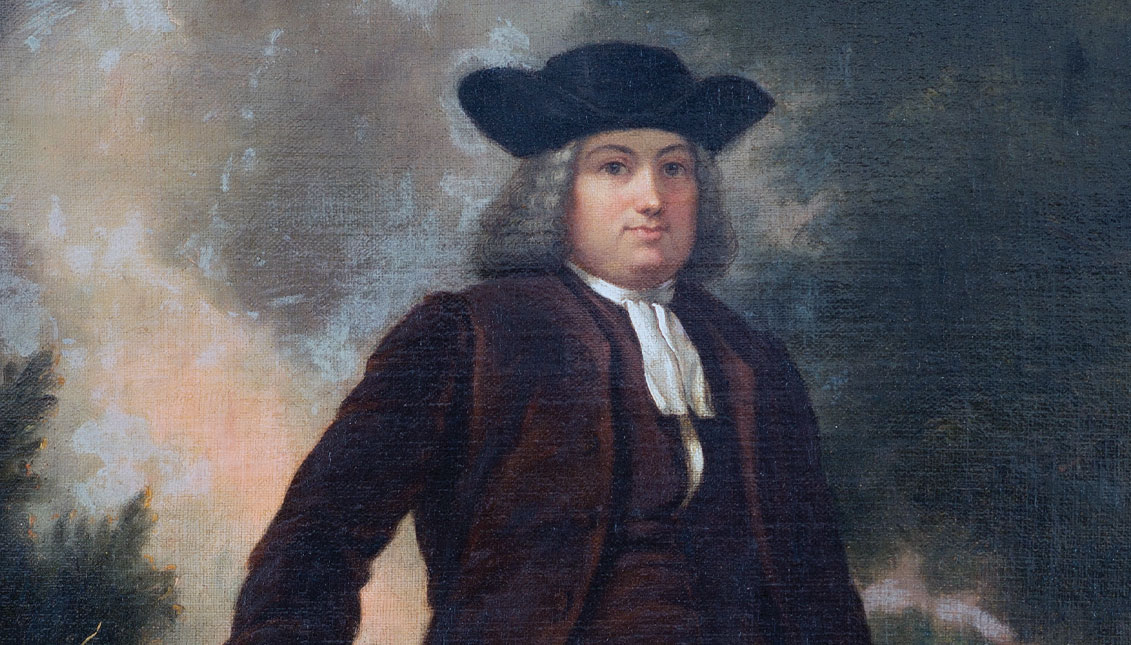
Another Face for Death
MORE IN THIS SECTION
What we know today as nursing homes, or old people's homes, comes from what King Athelstan conceived of as almshouses, or homes for the poor, back in the 10th century.
Another product of Christian piety, these houses or hospitals were founded to benefit the soul of whoever put up the money for their establishment and were often accompanied by a chapel.
It was something like a way to buy a ticket straight to Heaven.
Although initially, they cared for the sick, elderly, and mentally ill, by the beginning of the 20th century, the elderly population constituted 85% of the residents in these institutions.
In the United States, it was William Penn, founder of the Commonwealth of Pennsylvania, who introduced this English tradition. Financed by landowner property taxes, some states accumulated as many as 7,000 people in their nursing homes by the end of the 19th century, 10% of whom were mentally ill.
RELATED CONTENT
Lack of care and neglect has been a permanent feature of this history.
Despite the change in the system over the last 100 years, and despite the great injection of capital that the new "retirement homes,” as they are now known, represent, the concept remains the same: it is the last resort for those who loneliness or disability push them to the edges of the social system.
The Coronavirus pandemic, like any catastrophic episode in human history, has brought to light the deepest failures in this so-called Global Age, and nursing homes for the elderly have been the worst source of contagion.
That is why our edition this week seeks to explain the dark picture facing hundreds of thousands of elderly people who, abandoned to their own fate, have had to live with another image of death, while the system of government continues to leave them behind in the triage of priorities.







LEAVE A COMMENT:
Join the discussion! Leave a comment.